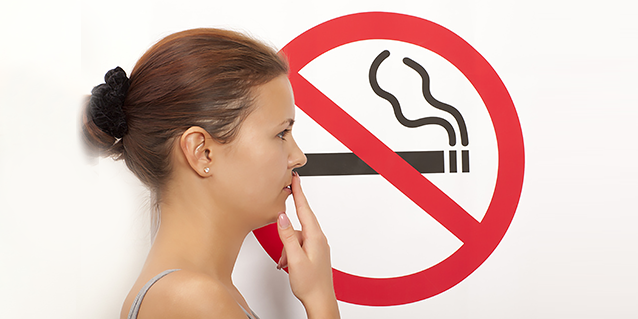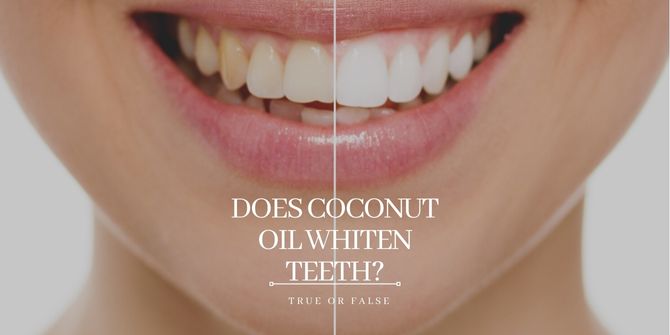In This Article
Why You Should Avoid Smoking After Tooth Extraction: A Detailed Guide
May 31, 2023
FAQs About Smoking and Tooth Extraction
Q: Can I smoke after tooth extraction?
A: No, smoking after a tooth extraction is highly discouraged, and it slows down healing, increases the risk of complications like dry sockets, and hampers your oral health.
Q: How long should I wait to smoke after having a tooth extraction?
A: It's best to refrain from smoking for at least 72 hours or more after tooth extraction, as smoking during this period can lead to complications such as dry sockets. However, the longer you can wait, the better for your overall recovery and oral health.
Q: What complications can arise from smoking after tooth extraction?
A: Smoking after tooth extraction can cause a painful condition known as dry socket, slow the healing process, increase the risk of infections, and negatively impact your overall oral health.
Q: Can I use nicotine replacement therapy (NRT) after a tooth extraction?
A: While it's always best to consult with your dentist, generally, NRTs are considered a better alternative to smoking after tooth extraction. These can provide nicotine without the harmful effects of tobacco smoke on the healing process.
Q: How does smoking impact the healing process after tooth extraction?
A: Smoking can slow the healing process after tooth extraction by constricting blood vessels, reducing oxygen levels, and impairing the immune system. These factors can lead to complications and a prolonged recovery period.
I. Introduction
Smokers, beware! Lighting up after a tooth extraction might seem like a soothing idea, but it's fraught with risks.
Tooth extraction is a common dental procedure. It involves removing one or more teeth from the socket in the alveolar bone, and this socket is known as the dental alveolus.
This might sound intimidating, but it is often necessary to ensure good oral health. While healing, it's crucial to follow the dentist's instructions - including avoiding smoking - to minimize discomfort and promote recovery.
Now, you might be wondering why lighting that cigarette after extraction is such a big no-no. Let's dive deeper into the biology behind the healing process to illuminate this issue.
II. How Your Body Heals After a Tooth Extraction
Tooth extraction is a routine procedure. However, it can be quite a significant event for the body.
It initiates a special healing process. This process protects the affected area and helps with recovery. The process of post-extraction occurs in stages. Knowing and understanding each stage can bring comfort and reassurance.
Stage 1: Blood Clot Formation
Right after the extraction, your body works quickly to protect the extraction site. A blood clot forms in the socket where the tooth is removed. This clotting is the body's first line of defense against excessive bleeding and exposure of underlying bone and nerves. The blood clot essentially serves as a protective barrier, covering the exposed area and facilitating the healing process.
It is important not to disturb the clot during the early stage. If the clot is moved, it can cause a dry socket, which is very painful. Actions such as vigorous rinsing, drinking through a straw, or smoking can dislodge the clot and should be avoided.
This is where the Sodentist L10 water flosser can be your best ally in maintaining oral hygiene after tooth extraction. With its three versatile flossing modes - Clean, Pulse, and Surf, it ensures a gentle yet effective clean-up, preserving the healing site undisturbed.
Stage 2: Granulation Tissue Formation
After the clot has formed, your body will begin to grow granulation tissue to fill the socket. This tissue is rich in new blood vessels, and its purpose is to start the rebuilding process. This phase often starts a few days after the extraction and continues for several weeks.
Stage 3: Bone Remodeling
Over the subsequent weeks to months, your body slowly remodels the socket. The granulation tissue is gradually replaced with new bone tissue, which adds strength and rigidity to the previously empty socket.
Over time, the socket's surface will smooth over as the bone remodels itself. This process can take several months to complete. Now, let's examine why disrupting the initial blood clot can be so detrimental.
III. Why Smoking Slows Down Healing After Tooth Extraction
Smoking's detrimental effects extend beyond lung damage and general health concerns - they significantly impact wound healing. Smoking constricts blood vessels, reduces oxygen levels, and impairs the immune system. All of these factors can lead to a slower healing process.
But how can you help your body heal? Ensure optimal oral hygiene with tools like the Sodentist L10 water flosser.
This flosser has an IPX7 waterproof rating and low noise, and this makes it comfortable and hassle-free to use. Moreover, it's an excellent tool for maintaining oral health in the long term, even after your extraction site has fully healed. However, it's equally critical to understand how smoking directly impedes this delicate healing process.
IV. Avoiding Smoking After Tooth Extraction for Optimal Oral Health
In summary, smoking after tooth extraction carries numerous risks that could impede recovery and jeopardize oral health. Smoking increases the risk of painful conditions, such as dry sockets. It also disrupts the healing process, delays recovery, and makes it harder to fight off potential infections. So, you might be thinking, what's the best way to navigate post-extraction care, especially if you're a smoker?
Proper oral health care, especially post-extraction, is key to avoiding potential complications. It is crucial to follow your dentist's post-extraction instructions, and maintaining a clean mouth is also important. Additionally, eating a balanced diet, staying hydrated, and having regular dental check-ups are all necessary steps.
The Sodentist L10 water flosser can help you maintain a clean and healthy mouth, and it is especially beneficial during your healing phase and beyond. Its comfortable grip and the 'Surf' mode's targeted spray ensure precise gum massage and efficient rinsing, promoting optimal oral health.
It can be hard for regular smokers to quit after extraction. However, it is necessary to do so for faster recovery and better oral health in the long run.
Taking care of your mouth today is an investment in your future. This includes using effective oral hygiene tools such as the Sodentist L10 water flosser, and this will help ensure a healthier and happier future.
Ready to invest in your oral health and speed up your recovery after tooth extraction? Start with avoiding smoking and choose the right oral hygiene tools, like the Sodentist L10 water flosser. The choice for better oral health is in your hands.
Share this article















